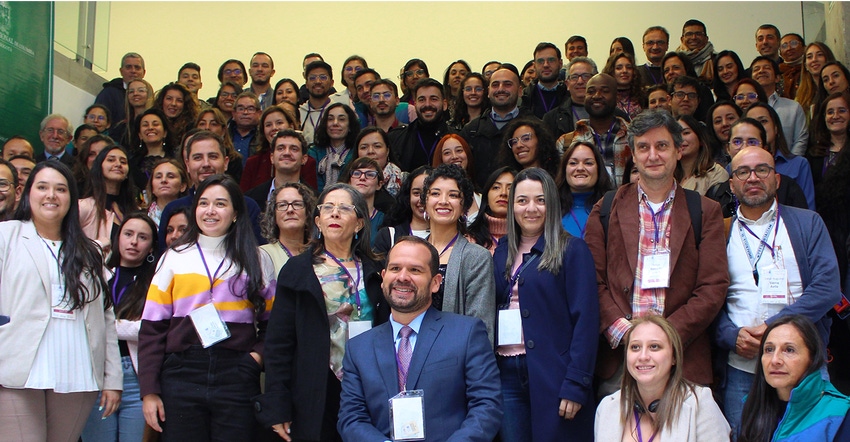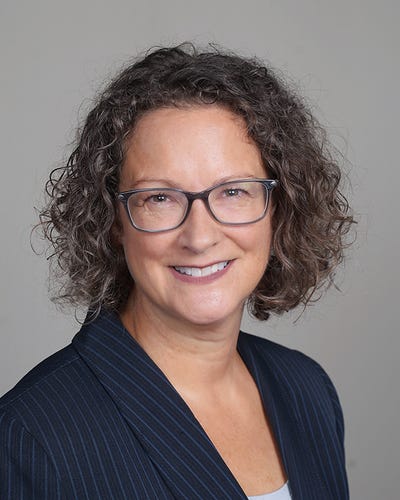Keynote speakers at an international shelf-life conference disclose four promising technologies designed to extend shelf life and reduce food waste.
December 13, 2022

What a treasure it was to hear from international scientists about their food packaging and shelf-life research in Bogotà, Colombia, November 28 to December 1!
Let me start with a summary before we get to the main course…
It was the 10th meeting of Shelf-Life International Meeting (SliM).
Organizers were the Institute of Food Science and Technology (ICTA) and the Faculty of Agricultural Sciences of Universidad Nacional de Colombia (Bogotá), in collaboration with the Italian Scientific Group of Food Packaging (GSICA) and Universidad de La Salle.
The conference showcased food packaging and shelf-life research on sustainability, shelf-life assessment, new materials, and new preservation approaches delivered through more than 100 presentations and poster sessions.
Four keynotes framed each session: Eva Alemar (Michigan State University), Silvia Grassi (University of Milan), Fabio Licciardello, (University of Modena) and Luciano Piergiovanni (GSICA). Their thoughts are summarized.
1. Turning agricultural waste into food packaging has a much lower environmental impact than, for example, turning corn into polylactic acid (PLA) because this waste is usually composted onsite producing GHGs and adding little value to the soil. Further, the economic and food-justice aspects outweigh using food to producing packaging. Alemar pinpointed recent developments in this arena; notably, bioderived polyethylene (PE) and PET can be made from agricultural waste.
2. The ability to sense food quality and safety without opening a packaging is critical to preventing food waste and meeting consumer and retail needs. “E-sensing” technology research highlighted by Grassi’s research employs the use of chemometrics to predict and then sense the shelf life of meat.
3. Use of innovative food processing technologies such as pulsed light and high-pressure processing (HPP) require specific packaging. Licciardello highlighted a major research gap and the need for a systems approach to evaluate the environmental impact of food processing technologies and their required packaging.
4. We may well be at the tipping point for a what Piergiovanni called a “new deal for cellulosic packaging”. Research in this arena has been underway for over 40 years with a veritable stop dam of research ready to be applied to increase the shelf life of food. The investment in the conversion of basic research into films, rigid, and semirigid containers may well be eminent due to the higher prices of fossil-derived materials, the use low environmental impact of producing packaging from agricultural waste and promising active packaging potential — the ability to modulate diffusion of plant-derived antioxidants/antimicrobials into foods and unique carbon dioxide permeability that decreases as the relative humidity deviates from 35% - in cellulose nanocrystals.
Beyond the conference, dinner and dancing music sponsored by Larkin, industry tours, Diego Alberto Castellanos (Universidad Nacional) provided a glimpse into the advanced state of the Colombian food packaging industry through pilot plant and packaging laboratory tours. On a personal note, it was wonderful to enjoy the thriving city of Bogota and the countryside and the conversation with the kind Colombian people after a 35 years’ absence.
The next meeting will be held in May 2024 at the University of Modena.
Claire Sand has 30+ years of experience in industry and academia. She’s owner of Packaging Technology and Research and Gazelle Mobile Packaging and an Adjunct Professor, CalPoly, Michigan State University, and the University of Minnesota. You can reach her at www.packagingtechnologyandresearch.com or [email protected].
About the Author(s)
You May Also Like




